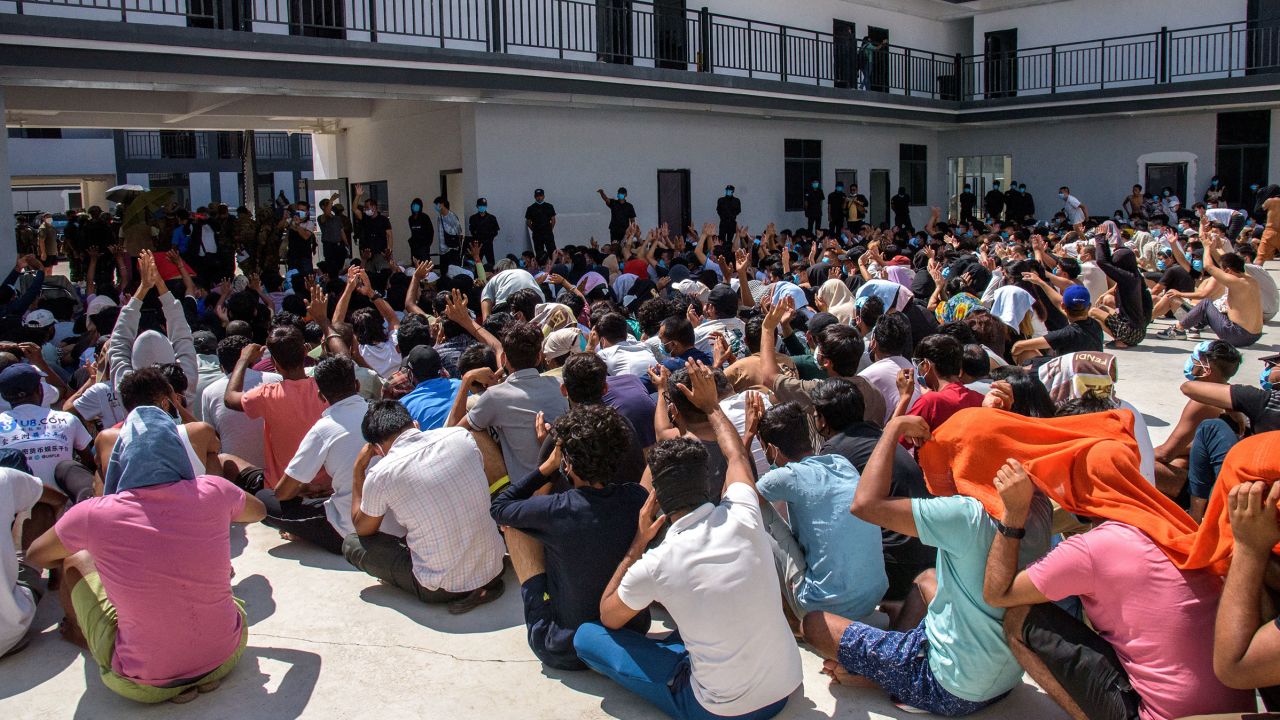
NGOCSTIP – Biggest Anti‑Trafficking Operation of 2025 unfolded with unprecedented global coordination in early July. Named Operation Global Chain, it united nearly fifteen thousand law enforcement officers across forty three countries. Their mission was clear. They aimed to dismantle trafficking networks responsible for sexual exploitation, forced labor, and child exploitation. Authorities identified one thousand one hundred ninety four potential victims and arrested one hundred fifty eight suspects. These arrests were not isolated but part of a synchronized strategy that spanned continents.
INTERPOL, Europol, Frontex, and local law enforcement agencies worked in unison. They targeted trafficking nodes, criminal hubs, and exploitation hotspots. Operations extended into both urban and remote regions, touching Europe, Asia, Africa, and Latin America. Besides victims and suspects, investigators uncovered forged documents, narcotics, weapons, and significant financial records. These discoveries point to deeper transnational criminal systems. The operation marked a turning point in international anti trafficking collaboration and reinforced the urgent need for global vigilance.
The scope of the Biggest Anti‑Trafficking Operation of 2025 showed how law enforcement now tackles more complex trafficking networks. Officers collaborated through EMPACT, I FORCE, and national task forces. They monitored airports, sea ports, highways, and border checkpoints. Teams inspected over eight hundred thousand documents and screened nearly one million travelers. These efforts blocked major human smuggling routes. Teams located victims inside factories, private homes, nightclubs, and transit stations. Authorities arrested traffickers, recruiters, forgers, and financial backers. This massive effort showed that united action can defeat criminal systems fueled by isolation and fear. In Southeast Asia, investigators traced links between labor scams and online fraud hubs. In Europe, officers tracked cross border exploitation networks using live data sharing. Agencies plan to apply this operation’s model to future missions. They aim to improve coordination and speed in every stage of response, from detection to rescue.
“Read about: Exposing the Myth: Why No One Voluntarily Becomes a Victim of Trafficking!”
The human impact of Operation Global Chain shook the world. Authorities uncovered one thousand one hundred ninety four victims living in brutal exploitation. Traffickers forced many women and children into labor or criminal activity. Rescuers swiftly removed them from danger. Medical teams delivered urgent treatment. Psychologists and social workers offered emotional support. Some victims crossed several borders during their ordeal. Authorities supplied them with food, housing, and legal aid. NGOs and humanitarian groups acted quickly to protect their safety. These efforts underscored the need for long term recovery. Multiple countries promised more funding for survivor rehabilitation. Governments began linking schools, job centers, and community programs with justice departments to support reintegration. Rescue teams placed many victims in secure homes far from their former abusers. Global leaders now urge permanent cooperation and stronger protection systems. Every nation faces growing pressure to prioritize survivors and end trafficking for good.
Trafficking operations depend on money movement and fake documentation. This operation revealed an intricate financial system beneath each trafficking ring. Officers seized large amounts of cash, unregistered weapons, and forged passports. Crypto wallets were also discovered in some raids. Financial analysts traced flows of money through shell companies and digital platforms. These findings are reshaping how authorities understand trafficking as an economic crime.
Several suspects were tied to laundering networks operating in multiple countries. By targeting the funding routes, the operation weakened the traffickers’ ability to regroup. Europol and INTERPOL are now analyzing data to expose more enablers. In response, several countries have proposed stronger anti money laundering laws that specifically address human trafficking profits. Prosecutors are building transnational cases that rely on financial evidence. The effectiveness of this strategy will determine how long the disruption lasts. Following the money could be the most powerful tool yet in dismantling global trafficking syndicates.
Operation Global Chain signals what is possible when countries unite against human trafficking. First, it exposed the scale and brutality of trafficking while demonstrating the strength of collaboration. The model used in July is being studied by governments and institutions worldwide. Consequently, calls have increased for a permanent international task force focused on trafficking.
There is also momentum for technology driven responses. Agencies now seek to use artificial intelligence to detect recruitment patterns online. Meanwhile, hotlines and tip apps are being upgraded to support real time interventions. More private companies, especially in transport and finance, are being asked to monitor for suspicious activity. Additionally, education campaigns have launched across several countries to inform the public. Despite the successes, many experts warn that criminal networks will adapt. Therefore, training funding and legislative reform must follow this operation. The challenge now is to sustain global pressure and create structures that protect vulnerable people continuously.